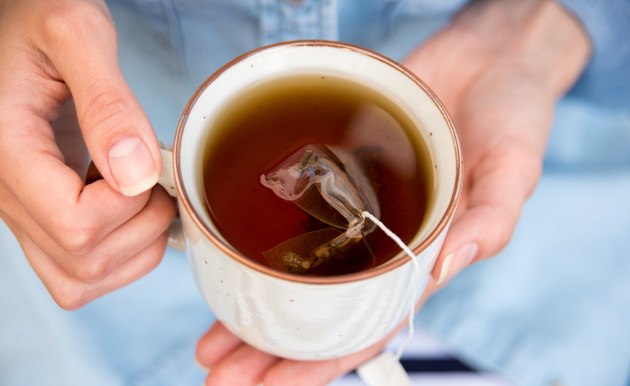Tea and coffee are the most consumed beverages in the world, but a new study has discovered some unexpected chemistry occurring in our cups.

Contrary to popular belief, boiling the water only removes around 20% of chlorine © Shutterstock
Chlorine is added to water as part of the disinfection process, with a residual amount remaining in the treated water to supress microbial growth. This chlorine reacts with organic molecules in the water to produce chlorinated chemicals known as disinfection byproducts (DBPs), such as chloroform.
Nikolai Kuhnert from Jacobs University, Germany, conducts research on compounds in tea and coffee. He advocates further research into the effects processing has on our food. ‘It illustrates further how little we know on the chemistry of food processing that significantly alters the chemical composition of our daily diet, producing both novel compounds with adverse or beneficial properties for human health.’
Read the full article in Chemistry World!
Read the original research paper in Environmental Science: Water Research & Technology:
Emerging investigators series: formation of disinfection byproducts during the preparation of tea and coffee
Tom Bond, Seeheen C. Tang, Nigel Graham and Michael R. Templeton
Environ. Sci.: Water Res. Technol., 2016, Advance Article
DOI: 10.1039/C5EW00222B
*Access is free through a registered RSC account










